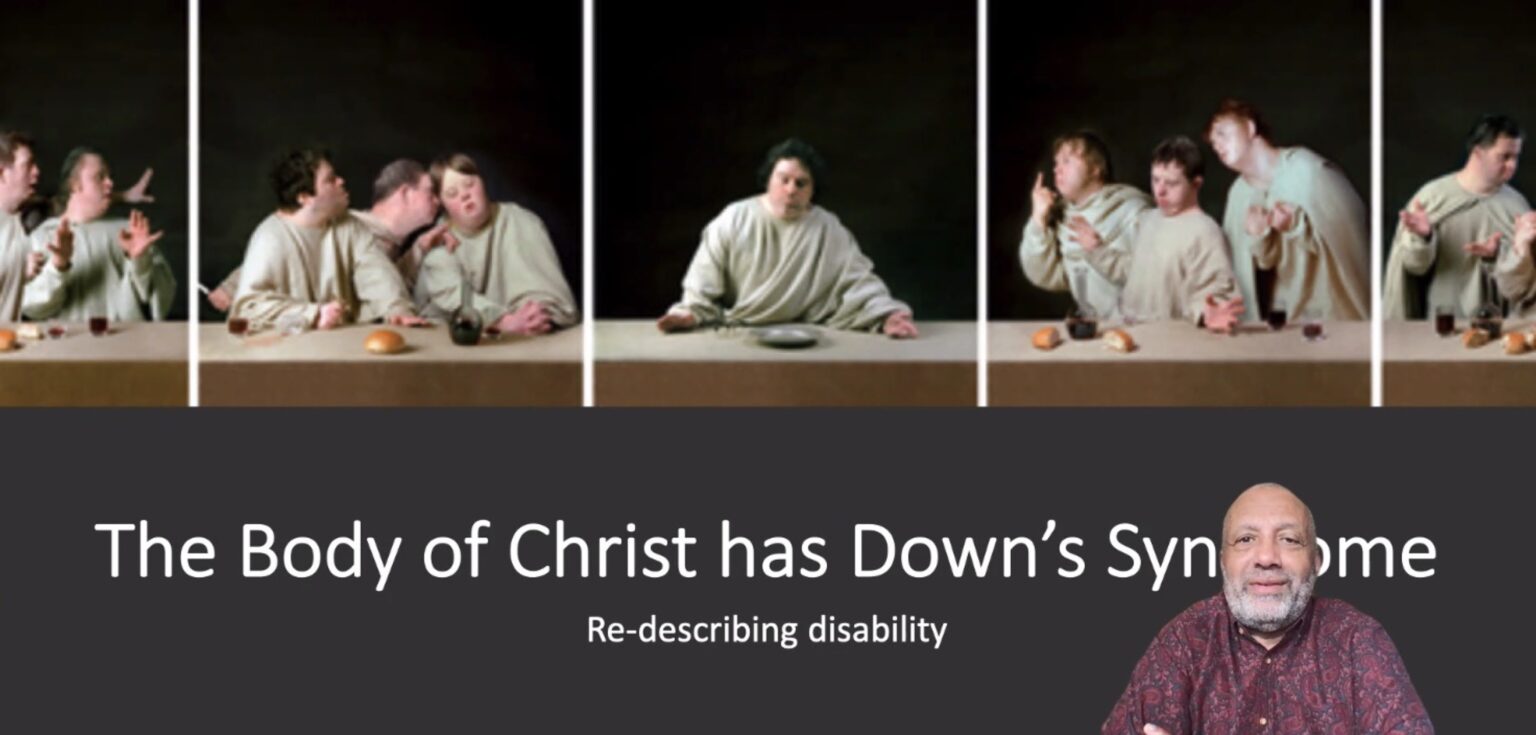“His mother’s love opened him up again … and gave his life meaning, purpose, and hope, which I think is probably the best task that churches can do for anybody who lives with a highly stigmatized condition—to offer love and friendship,” said Swinton, in an online lecture on April 8.
Swinton, the chair of divinity and religious studies and professor of practical theology and pastoral care at the University of Aberdeen in Scotland, was the keynote speaker at Fordham’s Spirituality & Disability Symposium, which took place on April 8 and 9. The forum featured scholars who discussed how spirituality and disability intersect in our daily lives.
Swinton’s research and teaching are largely inspired by his eclectic background in health care and religion. For 16 years, he worked as a nurse for people with mental health challenges and learning disabilities; he also worked as a hospital chaplain. He currently serves as an ordained minister of the Church of Scotland.
In his presentation “Spirituality and Disability: What Do We Mean and Why Does It Matter?” Swinton explained how society can use spirituality as a lens for a better life, especially people who live with disabilities.
A Reimagined Jesus With Down Syndrome
Everyone has their own idea of what God looks like. Our imagination is deeply influenced by the culture in which we live, Swinton said, citing the work of theologian Karl Barth. He showed the audience a modern version of the Last Supper painting, where Jesus and his disciples all have Down syndrome. It’s a powerful image because it reminds us that both God and our society are diverse, he said.
“Paul talks about the body of Christ … the place where we see, feel, live out that image. And the thing that marks the body of Christ is not homogeneity, but diversity … And so when we recognize all the different aspects of the image of God as it’s revealed in all of the different bodily and psychological conditions that we go through, we begin to understand what it means to be in God’s image,” said Swinton. “It’s together that we live in the image of God.”
Finding Strength in Meaning and Connection
Another important aspect of spirituality is our need for connection, Swinton said. Humans evolved to become spiritual beings because of their deep desire to relate to something beyond themselves, he said, citing a theory from David Hay, a zoologist who wrote a book about spirituality.
“The one thread that runs through all definitions of spirituality is this idea of relationality—that somehow we need to be in a relationship,” Swinton said. “Spirituality has to do with being in a relationship. Maybe with God … with others … with your community, but it’s always there.”
However, people with disabilities are often shunned by society, he said.
“The problem is that we have a pathogenic culture—an individual culture that tends to stigmatize and alienate people who are different,” Swinton said. “Stigma is a deeply spiritual problem. It shrinks your world, takes away the possibilities. And unless somebody can rescue you, that can be your life—stuck in that meaningless place, where your diagnosis takes away everything.”
Swinton said that excluding people with disabilities is the opposite of what God calls us to do—“to respect diversity, to recognize the image of God in each one of us, and to come together.”
“We need to shift and change and take spirituality seriously if we’re going to have the kind of community where each one of us has a space, place, and voice,” Swinton said.
A Q&A session following Swinton’s presentation was moderated by Francis X. McAloon, S.J., Ph.D., associate professor of Christian spirituality and Ignatian studies at the Graduate School of Religion and Religious Education. The symposium was co-sponsored by GRE and Fordham’s Research Consortium on Disability.

